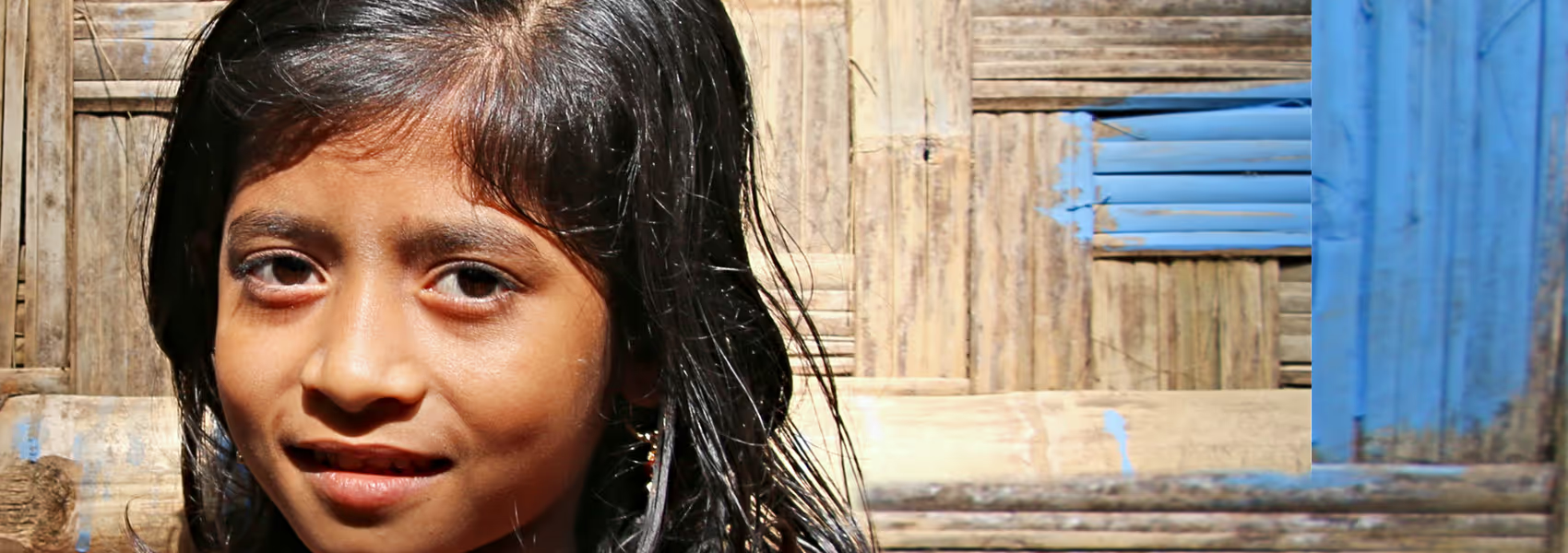Keeping Children Safe

At the core of a child’s ability to thrive is their sense of security and stability, yet far too many children around the world lack a safe home, community or country.
This includes the 31 million children around the world who are forcibly displaced and have had to leave their homes due to war, persecution or natural disasters. And just in the US, an estimated 2 million young people experience homelessness each year.
The needs of homeless youth, street-connected children, child refugees and migrants, trafficked youth and children living outside of family care are deep, varied and context-specific and we tailor our interventions in partnership with grantees working closely with each population of homeless children.
We believe that targeted programs can change the trajectory for homeless children and street-connected youth on the move, helping to provide physical and mental safety, and the tools and resources they need to overcome their challenges.
Take a deeper look at the issues we address:

Homeless & Street Connected Youth
Providing shelter and holistic care for homeless children and youth with nowhere else to turn.
In the US, around 2 million young people experience homelessness each year. Just in Central and Latin America, an estimated 60 million children and youth are without a home or street-connected – meaning they live, work and sleep in public places or they have no permanent place to stay. And globally, the full number of children and youth who are street-connected is simply not known, as so many children living outside of the care of a family are not included in official statistics.
There is no single reason why a child or young person may be homeless – from financial struggles that break a family apart, to the illness, death, addiction or absence of a caregiver that leaves a young person without a safe and stable home. And, sadly, for many young people, it is safer to face the uncertainty of being homeless than to stay with their caregivers because of violence, abuse or a range of other factors. Often young people facing homelessness have experienced significant trauma in their lives and from their time on the streets.
The needs of homeless and street-connected youth are deep, varied, and context specific. Red Nose Day supports programs that provide holistic care and a range of services to these especially vulnerable children and young people, including safe accommodation; physical and mental health services; foster care placement or reintegration with family if it is safe for them to go home; and access to education or vocational training to help change their stories for the future.

Children on the Move
Providing shelter and holistic care for children and youth with nowhere else to turn.
The term ‘children on the move’ refers to many different groups of children who have had to leave their home because of war, persecution, violence or natural disasters. Children who are refugees, displaced within their own country or migrants have different needs and face a myriad of issues, including access to safety, adequate nutrition, an education, and opportunity for a better life.
The heightened risk factors that ‘children on the move’ face can be lessened by flexible programs that meet children where they are. Supported programs span a holistic range of interventions, including shelter, health care, mental health support, educational services, economic empowerment and family reintegration.

